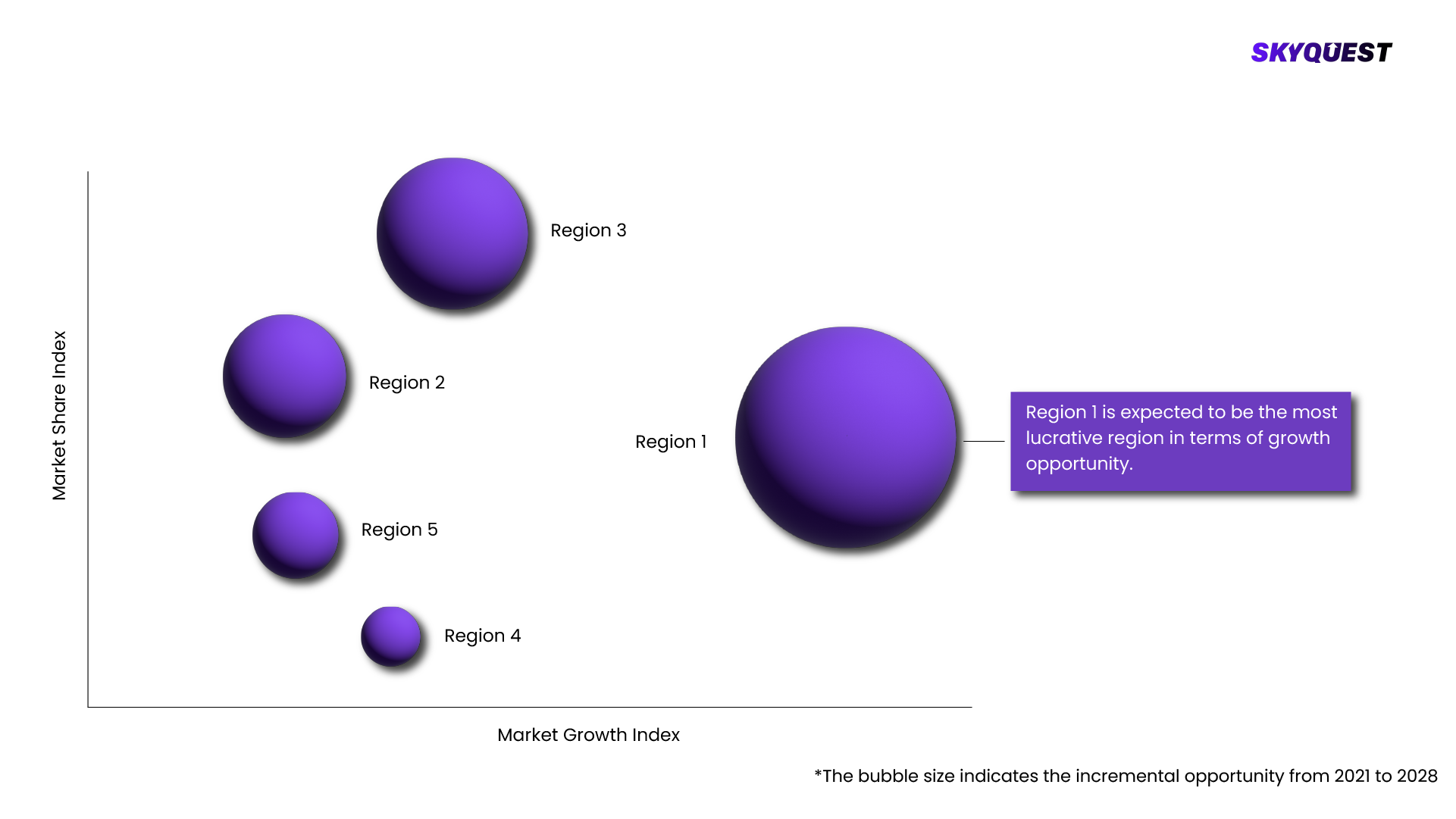
Product ID:

Region:
Global |
Published Date: Upcoming |
Pages:
165
| Tables: 55 | Figures: 60
Small Cell 5G Network Market is being analyzed by North America, Europe, Asia-Pacific (APAC), Latin America (LATAM), Middle East & Africa (MEA) regions. Key countries including the U.S., Canada, Germany, France, UK, Italy, Spain, China, India, Japan, Brazil, GCC Countries, and South Africa among others were analyzed considering various micro and macro trends.

Our industry expert will work with you to provide you with customized data in a short amount of time.
REQUEST FREE CUSTOMIZATIONThe market for Small Cell 5G Network was estimated to be valued at US$ XX Mn in 2021.
The Small Cell 5G Network Market is estimated to grow at a CAGR of XX% by 2028.
The Small Cell 5G Network Market is segmented on the basis of COMPONENT, FREQUENCY BAND, RADIO TECHNOLOGY, CELL TYPE, APPLICATION, END USER, REGION.
Based on region, the Small Cell 5G Network Market is segmented into North America, Europe, Asia Pacific, Middle East & Africa and Latin America.
The key players operating in the Small Cell 5G Network Market are Altiostar Networks, Inc., Aviat Networks, Inc., Baicells Technologies, Blinq Networks, Cambium Networks Corporation, Casa Systems, Inc., Ceragon Networks Ltd., Comba Telecom Systems Holdings Ltd., Contela Inc., Shenzhen Gongjin Electronics Co., Ltd., IP.Access Ltd., Pctel, Qucell Inc., Radisys Corporation, Radwin.
Want to customize this report? This report can be personalized according to your needs. Our analysts and industry experts will work directly with you to understand your requirements and provide you with customized data in a short amount of time. We offer $1000 worth of FREE customization at the time of purchase.

Product ID: